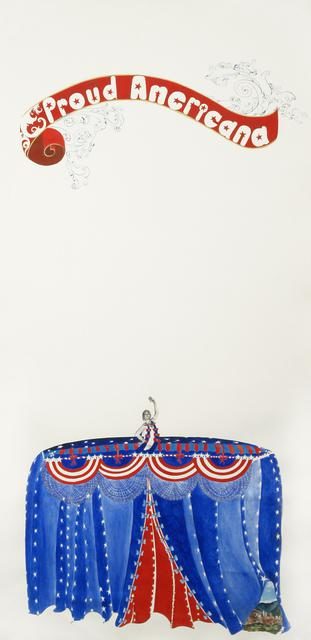By Dr. Ricardo Romo
How we think of ourselves and what ethnic identification terms we prefer are important and such terms have been evolving over the last four decades in San Antonio and Los Angeles, two cities with large Latino residents.
A new book by Edward Telles and Christina A. Sue, “Durable Ethnicity: Mexican Americans and the Ethnic Core” offers valuable insights into the Mexican American experience in San Antonio and Los Angeles over the last fifty years. One of those new findings is the swift appeal and acceptance of the term Hispanic [36%] in San Antonio, which edged out the previously most popular term Mexican American [35%]. Two terms that I grew up with, “Mexican or Mexicano” was third with 10% usage in San Antonio.
Growing up in San Antonio during the decade of the 1950s and 1960s I seldom heard the term “Hispanic.” Before 1970, I never met anyone who claimed to be Hispanic. We grew up thinking of ourselves as Mexican American, Tejanos, and American. Before 1980, the term Hispanic was popular mainly in the states of New Mexico, Florida, and New York, but it was not utilized much
nationally. Then with the support of Latino leaders, public relations firms and Latino marketing experts, we got the “Decade of the Hispanic.”
Lionel Sosa, a San Antonian and a principal builder of the largest Latino advertising firm in America during the 1990s, believes that it was Raul Yzaguirre, head of the National Council of La Raza, who first introduced the idea that the 1980s would be the decade of the Hispanics. Sosa told me that he attended a conference in Corpus Christi, Texas in 1978 where Yzaguirre made such a proclamation, citing as evidence the political gains in several Southwest cities as well as the rising buying power of Latino consumers and increases in the number of Latino small businesses.
Former LULAC executive director Arnoldo S. Torres, wrote a commentary in the Chicago Tribune in 1985 which observed that it was the private sector which first “proclaimed this to be the ”Decade of the Hispanics.” While many believed that Hispanics were on the verge of a major political and economic breakthrough, such was not the case. Torres concluded that the “first four years of this decade do not reflect any of these great expectations.”
That same year, 1985, Frank Del Olmo, the Deputy Editor of the Los Angeles Times editorial pages, wrote one of the earliest critiques of the famed “Decade of the Hispanic.” He noted that this phrase was first used in an article published in U.S. News and World Report in 1978 commenting on the rise of Latino appointees working in President Carter’s Administration.
But Coors beer also played a key role in popularizing the term “Hispanic.” Del Olmo added that “Coors Brewing Co. saw the Latino community as a growing market for its beer. So it plastered billboards all around town of a smiling Latino holding a beer and toasting the world as he proclaimed Coors “the beer for the Decade of the Hispanic.”
The Decade of the Hispanic also has local roots associated with San Antonio’s very own marketing guru, Lionel Sosa. In the 1970s Sosa had been a marketing consultant to various Republican politicians who were trying to reach Latino voters. With some successes under his belt, he formed an advertising firm and began helping Bacardi, Coors, and Dr Pepper reach Latino consumers. His firm eventually became the largest Hispanic advertising agency in the United States.
According to 2018 Census data, nearly five million Hispanics lived in Los Angeles County [4,920,000] and represented 49% of the city’s total population. In second and third place are Houston [2,040,000] and Miami-Dade County [1,910,000]. Bexar County is seventh in the nation with a Hispanic population of 1,2000,000. California and Texas accounted for eight of the eleven top counties with the largest Hispanic Population.
In the next six months, the U.S. Census will gather information from all Americans for their 2020 report. While the Hispanic population is growing, now estimated at 59.9 million, its growth has slowed over the past decade. The birth rate among Hispanics has dropped slightly and immgration from Mexico and Central America has declined. Still, the U.S. Census is important to Hispanics for many reasons, most notably the possibility of new congressional seats. The Census also determines federal funding allocations and will be very important for the future well-being of San Antonio and Texas.









